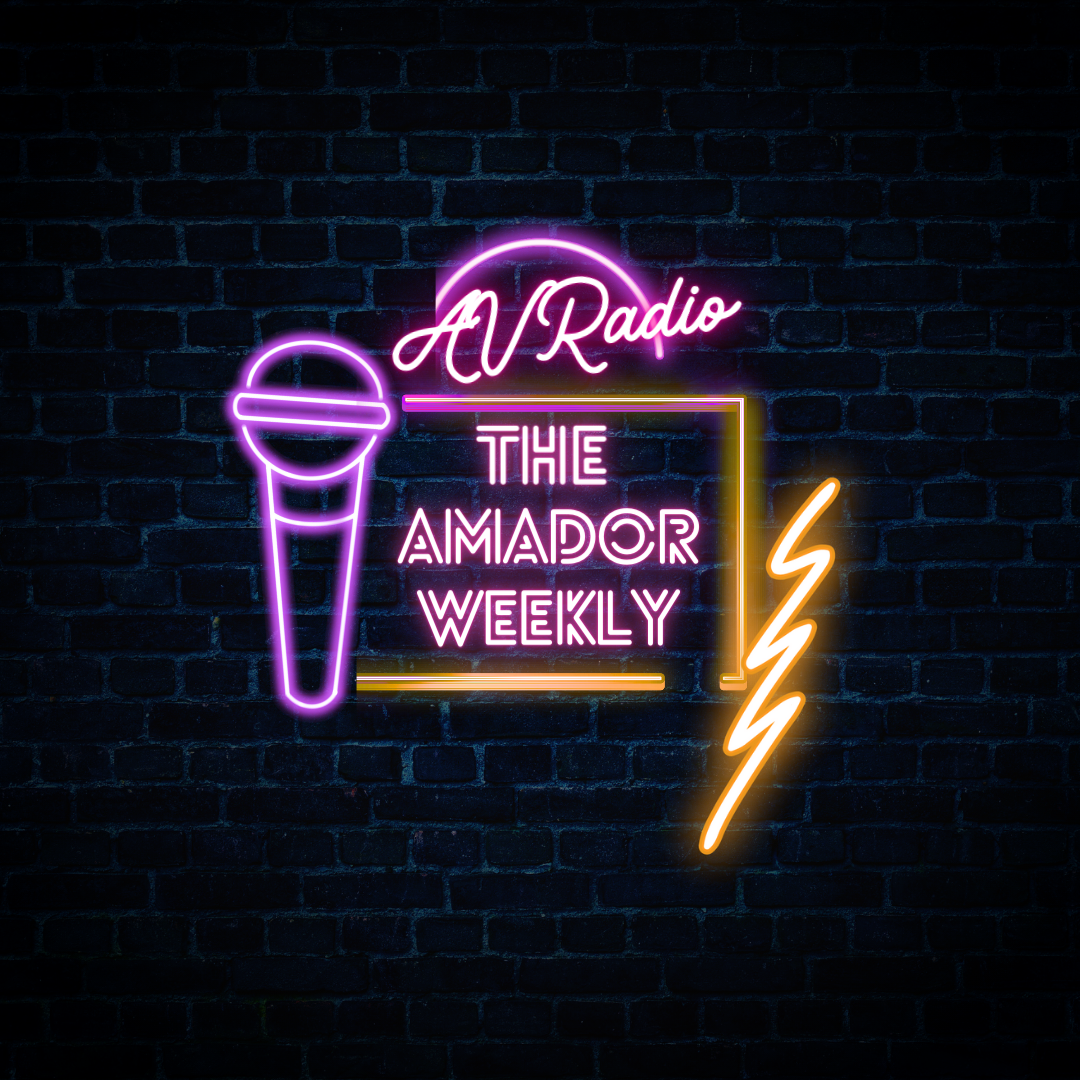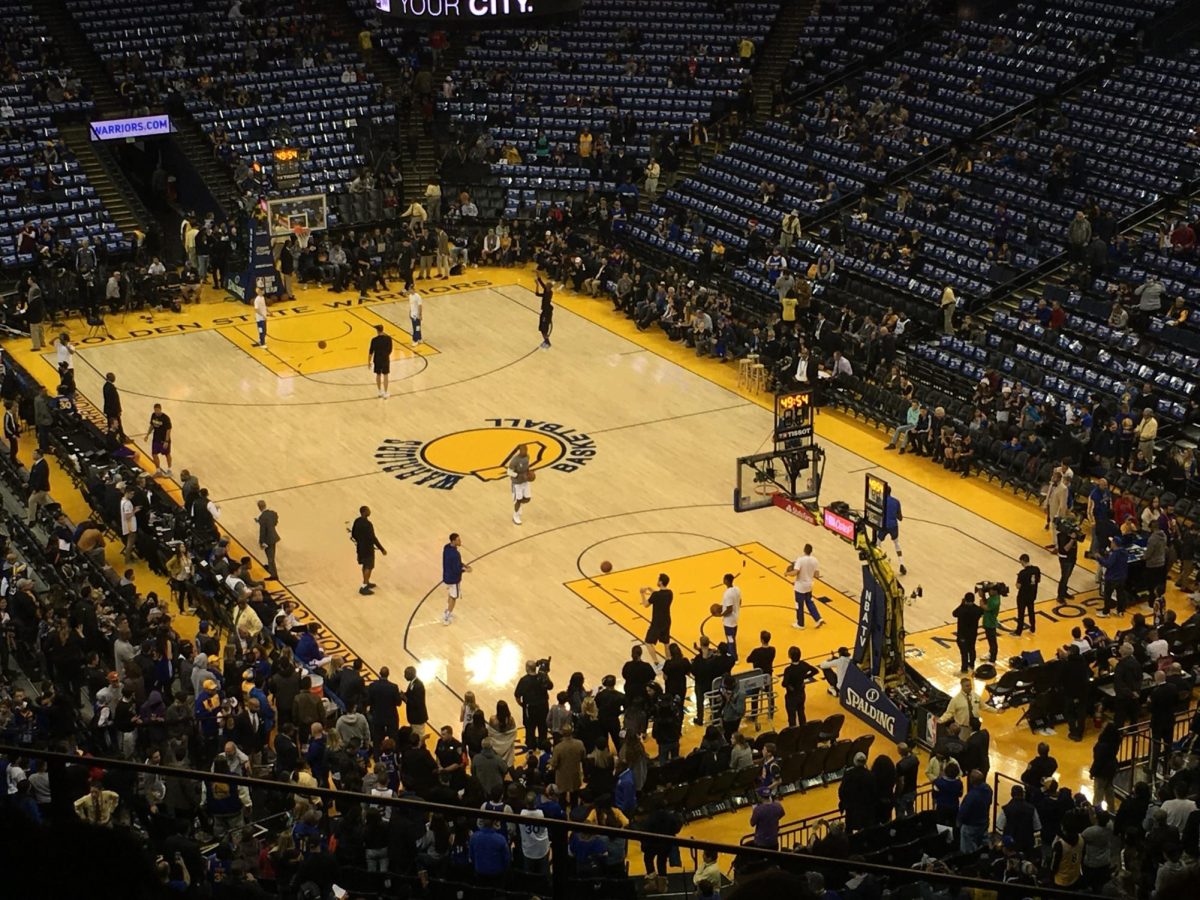Horse riding is gaining popularity in California, and Amador Valley students Lexi Giddings (’27) and Brooklyn Harper (’28) share insights into the unique differences and experiences between Western and English Equestrian styles.
The Connection Between Rider and Horse
One major distinction between the two styles lies in the rider’s connection and communication with their horse. Western riding emphasizes minimal input, requiring the horse to respond instinctively to subtle cues.
“You and your horse have a relationship, and you want to prove you’re not having to do a lot to get the horse to listen to you. My horse has to understand which way the cow goes before a cow turns, and I also have to know that. We need a good connection,” said Giddings.
Different Horses for Different Events
The type of horse used also differentiates Western from English riding, as various breeds excel in specific events.
“For Western, a Quarter Horse is a normal horse, but for English, they use a lot of warmbloods, which are much bigger. Quarter Horses can do anything and more than warmbloods can. A warmblood can’t do sharp turns or barrel racing like a Quarter Horse can,” said Giddings.
Event Styles: Rodeos vs. Horse Shows
The events themselves further highlight the contrast. Western riding features rodeos, which often involve team-based competitions and a variety of events like roping, bronc riding, and barrel racing.
“At a rodeo, it’s your team against another team, but you all go at the same time. They do bronc riding, roping, and horsing over three days. In horse shows, everyone performs the same pattern or works cows on the same day, and it just takes one day,” said Giddings.
English riding, on the other hand, emphasizes precision and elegance through events like jumping courses and exercises in a show ring.
“Well, our competitions are all day because you’re waiting for your time to go for your class. You have to learn the courses, go out and compete, and usually by the end of the day, all the results are in, and you can get your prizes,” said Harper.
A Thriving Sport
Western and English riding each offer unique challenges and rewards, but both require a strong connection between rider and horse. As the popularity of equestrian sports grows in California, riders like Giddings and Harper continue to represent the dedication and passion it takes to excel in these disciplines.



















